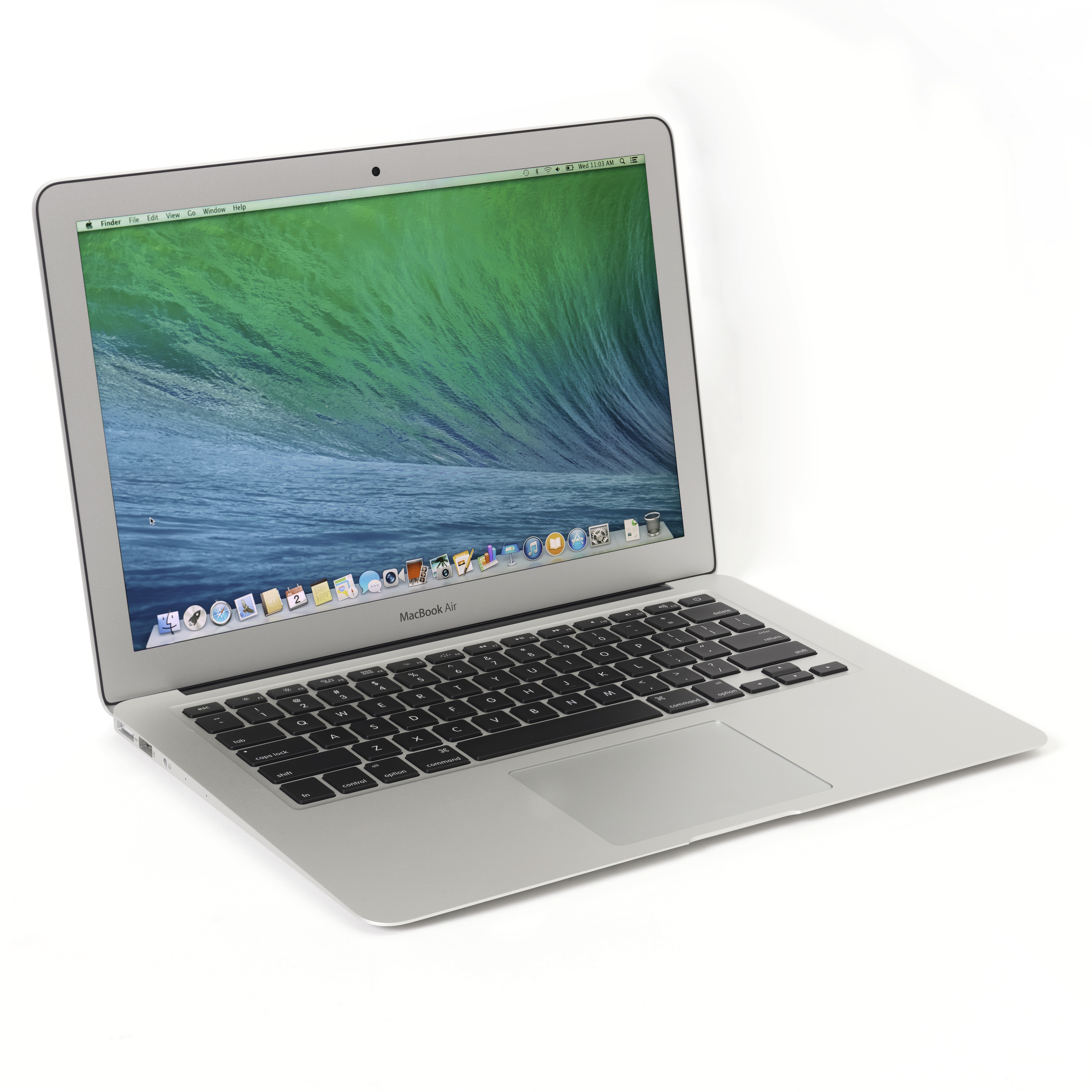Toolboxes come in all shapes and sizes. They offer a resting place for the mechanic’s hand tools and a protective environment for the chef’s knives. Yet such toolboxes serve a select audience. In the 21st-century, the computer is the universal toolbox, used by billions of people across the globe. Early computers, including Bill Moggridge’s influential GRiD Compass from 1982, the world’s first laptop, were created for a select business, military and government audience. Such devices were expensive—by no means widely available to the average consumer. But personal computing has come a long way in the years since then. Today’s computers contain mass-produced tools for word processing, Internet browsing, photo editing and graphic design as well as programs for video chatting and making spreadsheets, all integral to modern living.
The MacBook Air, first introduced in 2008, represents the ultimate in toolbox design, in part because of its sleek wafer-thin aluminum case that allows the user to bring it with them wherever they go. As a toolbox, the Air is infinitely customizable: the user can change screensavers, decorate the case with stickers or download new programs that extend its capabilities. Since its introduction, the device has added more speed and more capacity and is now more popular than the heavier MacBook Pro line. The multitouch trackpad, which has replaced the more traditional mouse, allows the user to navigate the range of programs by simple pinching, swiping and rotating gestures. With the MacBook Air, photographers and graphic designers can access tools that were once found in the photo lab or on the drafting table. Family members in far-flung locales no longer need to send letters by mail; they can stay in touch using the device’s built-in wireless Internet connection and webcam. Rather than a piece of paper and a pen, businesspeople can make presentations or create spreadsheets on-the-go using a range of office programs. And the endless array of tools available to the user expands daily, a sign of the computer’s dynamism. The MacBook Air is truly an infinitely adaptable toolbox built for 21st-century living.
The MacBook Air and other tools appear in the exhibition Tools: Extending Our Reach, 12 December 2014 – 25 May 2015.
Andrew Gardner is currently a graduate student intern and a former summer 2014 Peter Krueger curatorial intern at the Cooper Hewitt, Smithsonian Design Museum. He is pursuing a master’s in Design History from the Bard Graduate Center, expected 2015.
